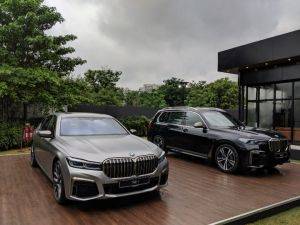
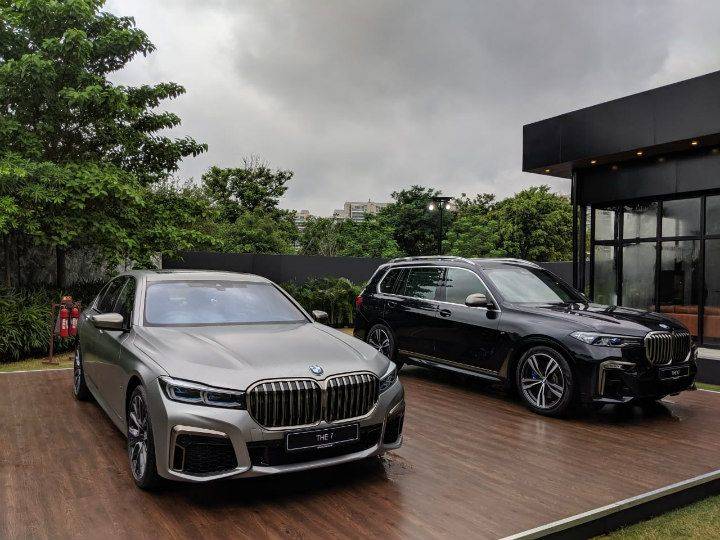
in the Indian market. While the sedan has received updates inside and out, the X7 marks the debut of BMW's GLS rival. It is the new flagship SUV in the lineup and is larger and better equipped than the X5. Here's a detailed view on how BMWs flagship duos look in the flesh.
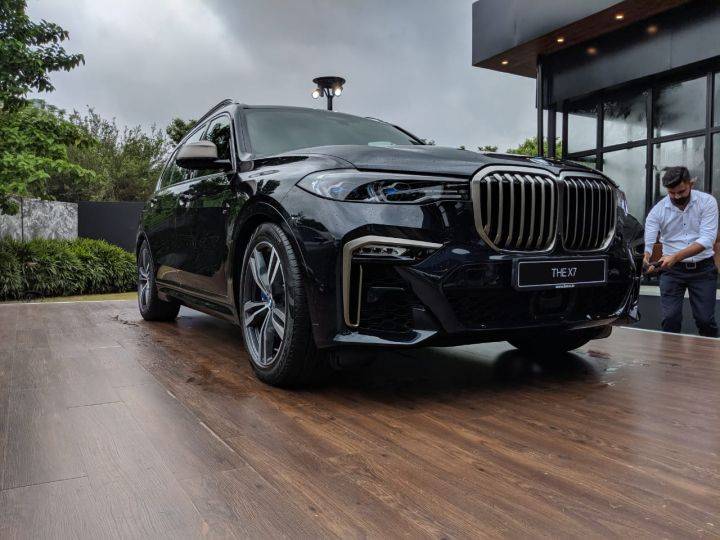
Starting with the X7's design, one of its key highlights include the humongous kidney grille that has been a signature trademark of BMW cars and has grown significantly over the years. Another notable feature up front is that it features headlamps with BMW's laser light technology along with L-shaped DRLs.
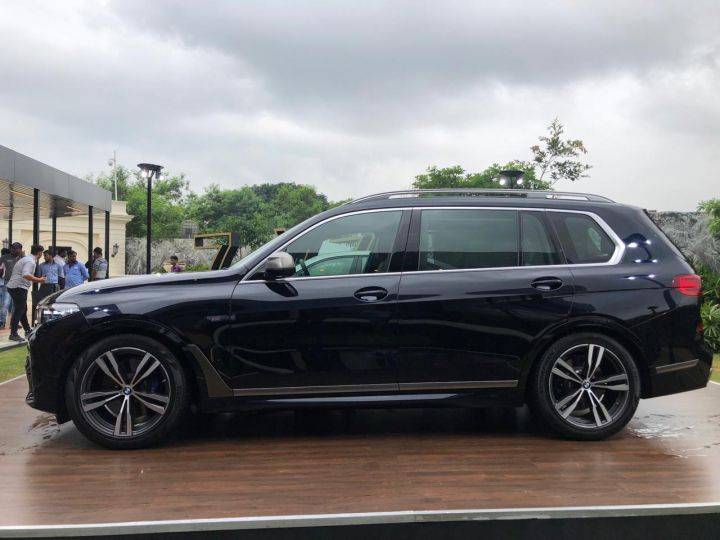
Going towards the side, it is clear that, the X7 is BMW's biggest SUVs ever. Some interesting tidbits on the side include chrome inserts that were present around the front fascia, also make its presence around the window blocks and above the side skirts. Other highlights include aluminium roof rails and electronically adjustable mirrors.
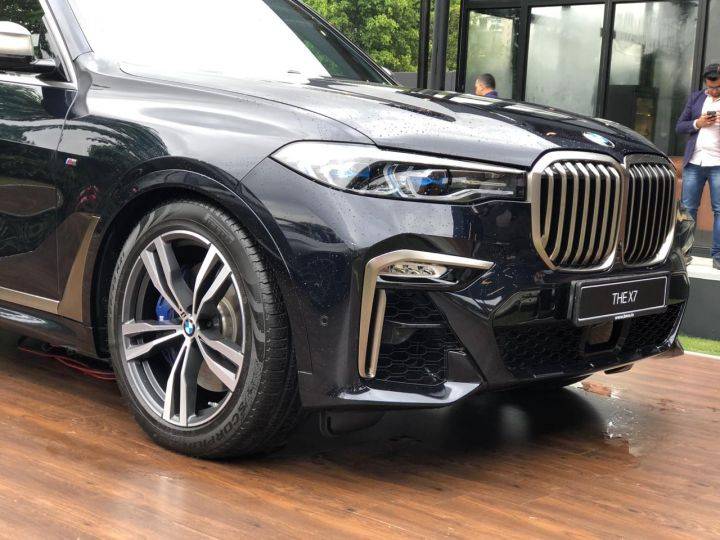
BMW has left no stone unturned to make the X7 a beefy SUV as it features massive 21-inch, Y-spoke alloy wheels along with 285/45 R21 tyres.

The rear of the X7 is quite clean and consists of an upright tailgate with a massive bootlid and aluminium inserts around the dual exhaust tips. Two sleek wrap-around LED taillamps blend into an aluminium strip that runs across the rear of the SUV.
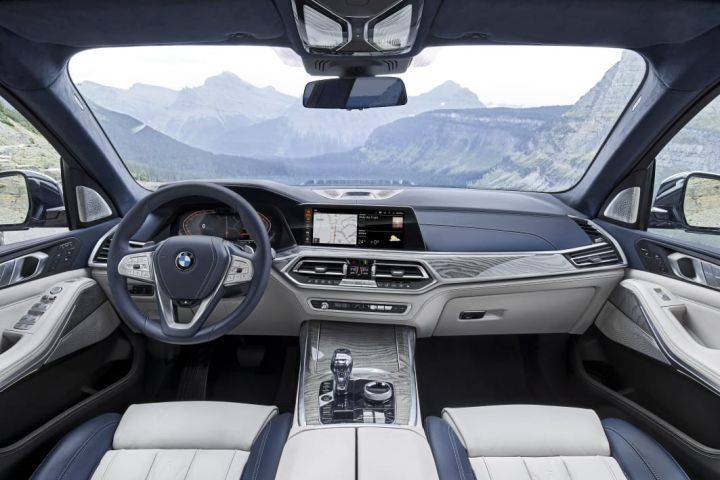
On the inside, the X7 comes loaded with a host of features. Some of them include a 12.3-inch display for the instrument cluster and infotainment system. The infotainment system comes with Apple CarPlay and BMW's Live Cockpit Professional system with navigation and more, Other notable features include , five-zone air conditioning, onboard Wi-Fi, a wireless smartphone charging pad and more.

A closer look at the X7's 12.3-inch digital instrument cluster reveals various information to the driver like the mileage figures, live temperature outside, driving modes as well as live navigation.
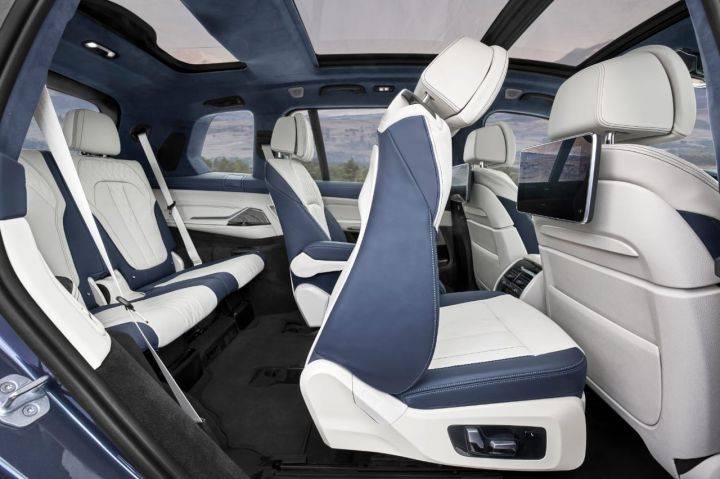
Aside from fancy gizmos, the BMW X7 also gets a variety of creature comforts. Some of them include, two, 10.2-inch rear seat entertainment system, six-colour ambient lighting, a panoramic glass roof and 16-speaker Harman Kardon audio system.
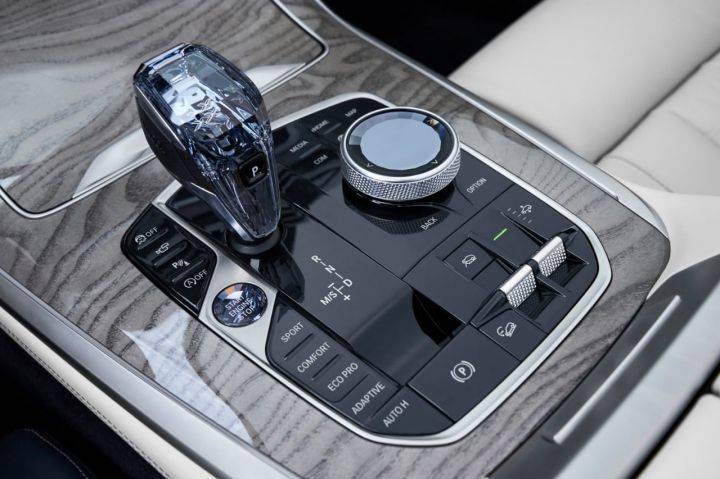
Under the hood, the X7 is offered with turbo-charged petrol and diesel engines. The xDrive40i variant is powered by a 3.0-litre 6-cylinder turbocharged petrol engine which puts out 340PS of power and 450Nm of torque, letting the SUV hit 0-100kmph in 6.1 seconds. The xDrive30d variant uses a 3.0-litre 6-cylinder turbocharged diesel engine that delivers 256PS and 620Nm of torque to help it achieve the 0-100kmph run in 7 seconds. Both engines are mated to an 8-speed automatic gearbox and BMW's xDrive four-wheel drive system.

The flagship 7 Series sedan has undergone plenty of cosmetic changes on the outside. Starting from the front, it sports a humongous kidney grille, revised front bumper, slimmer LED headlamps with BMW's laser lighting tech, and DRLs.

Like the X7, the 7 Series also features chrome inserts on the front fascia, around the window blocks and above the side skirts.

The 7 Series facelift is offered with options of new 18-, 19- and 20-inch alloy wheels in four different styles - Double spoke, Star spoke, W spoke and V spoke.

At the rear, the 7 Series gets thinner connected LED taillamps with a full-width light strip. Other than that, the 7 Series also gets a wider exhaust tip design.
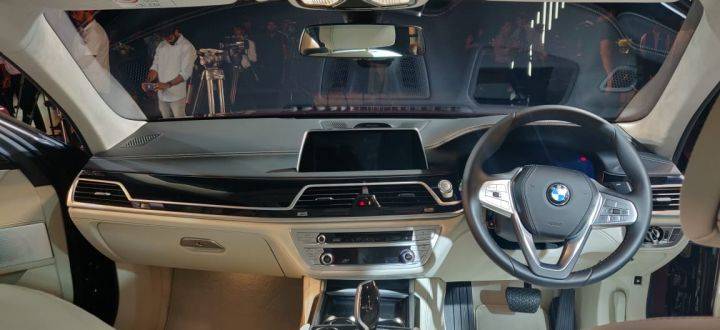
Inside, the 7 Series, BMW has taken opulence next level with features like the new all-digital 12.3-inch instrument cluster from the new 8 Series and X5, along with a 10.25-inch infotainment display with Apple CarPlay and BMW's Live Cockpit Professional System.
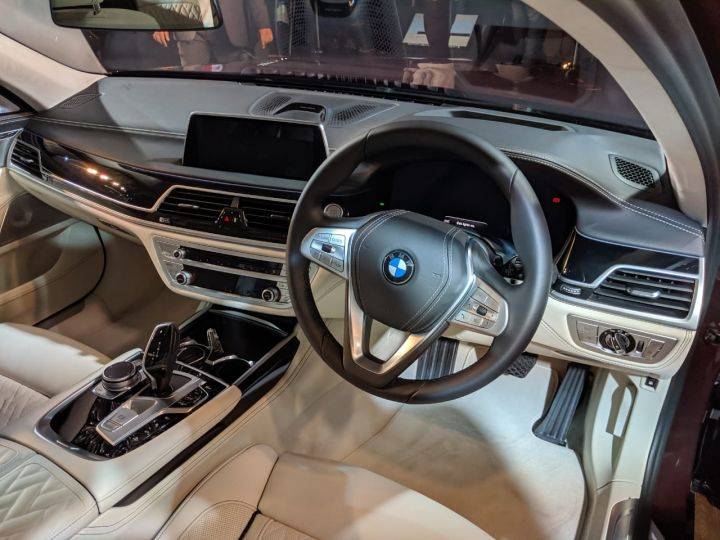
Aside from that, the 7 Series receives subtle dashboard revisions, acoustic glass, ambient mood lighting, wireless charging and an optional Bowers and Wilkins Diamond 3D surround sound system.

The 7 Series also scores on comforts with Nappa leather upholstery, a rear-seat entertainment system with two 10-inch touchscreens, four-zone climate control, a panoramic sunroof and electric massaging seats.

It is offered in six variants - three diesels, two petrols and one petrol plug-in hybrid. However, four engines are offered in these variants. The petrol engine options consist of a 609PS/850Nm 6.6-litre V12 for the M760Li XDrive variant and a 340PS/450Nm 3.0-litre inline-six motor for the 740Li DPE Signature variant. The diesel motor is a 3.0-litre inline-six delivering 265PS and 620Nm to power the 730Ld DPE, 730Ld DPE Signature, and the 730Ld M Sport variants. All variants come paired to the same 8-speed automatic gearbox as the X7.

The 7 Series also gets a 745Le xDrive petrol-hybrid variant. It is powered by a 3.0-litre inline six-cylinder petrol motor alongside an electric motor that makes for a combined power output of 384PS and 600Nm, with a pure electric range of 58km. All engine options are Euro 6 compliant and come mated to an 8-speed Steptronic transmission.
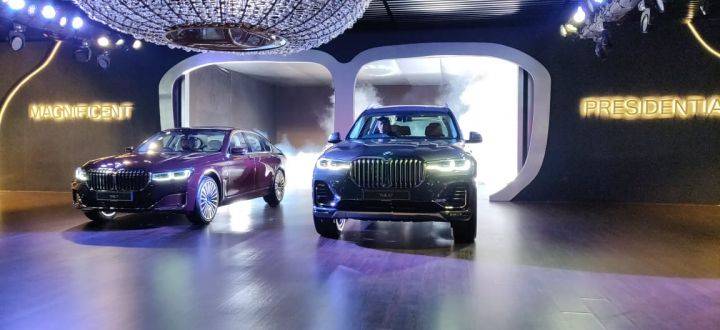
The X7 SUV from Bavaria is priced at Rs 98.90 Lakh for the xDrive40i (CBU) and Rs 98.90 Lakh for the locally assembled xDrive30d DPE Signature variant (ex-showroom India). On the other hand, the 7 Series facelift comes at a price of Rs 1.22 crore to Rs 2.43 crore (ex-showroom, India). The BMW X7 will take on the likes of the upcoming and the Mercedes-Benz S-Class.
from zigwheels https://ift.tt/32T9hQg

0 comments:
Post a Comment